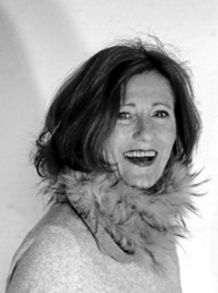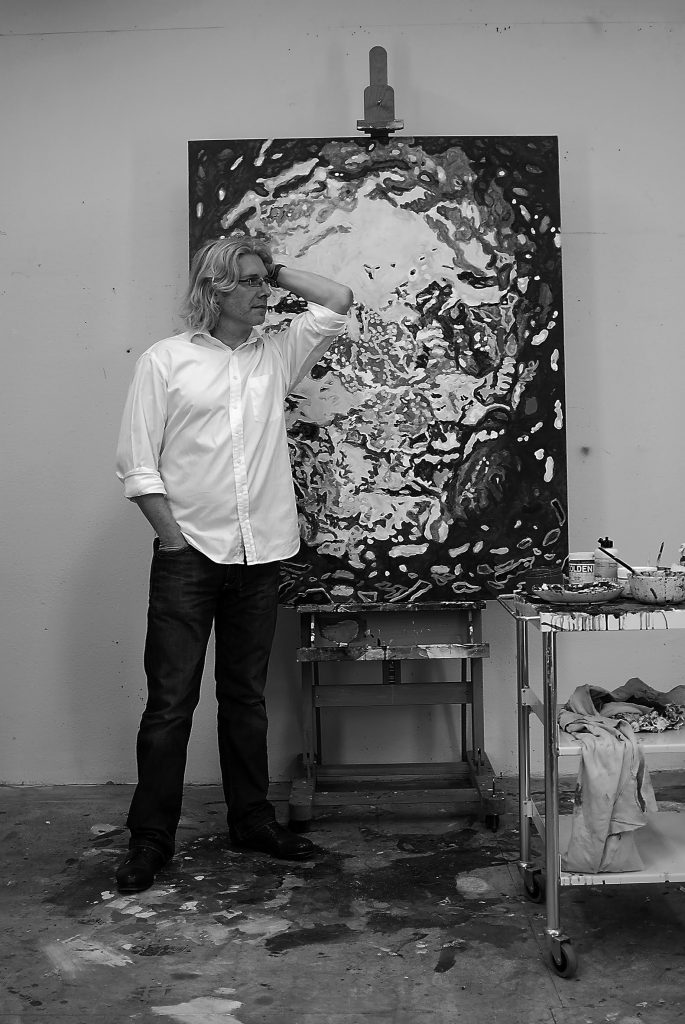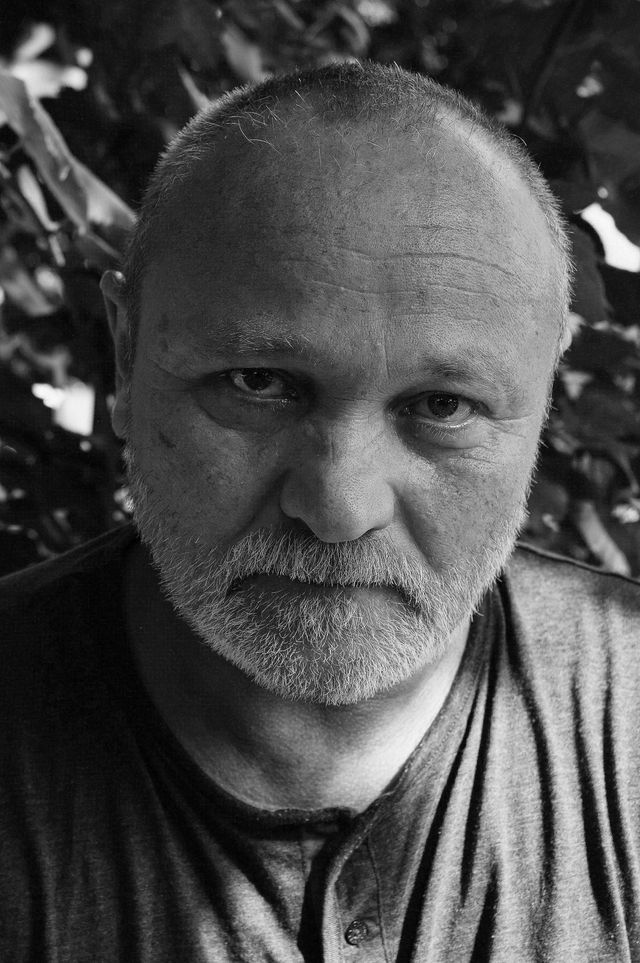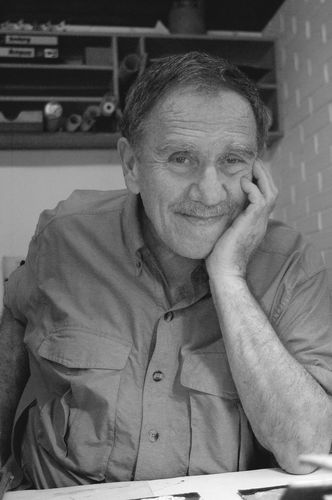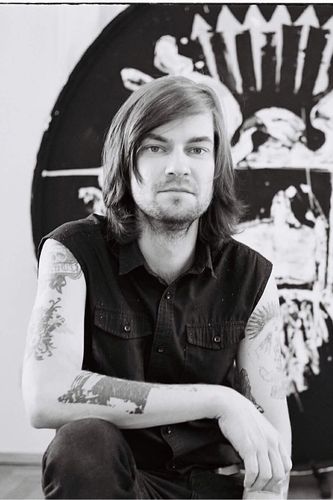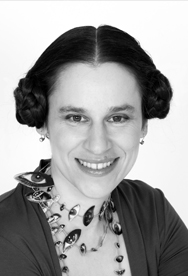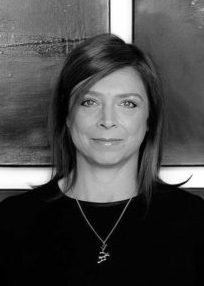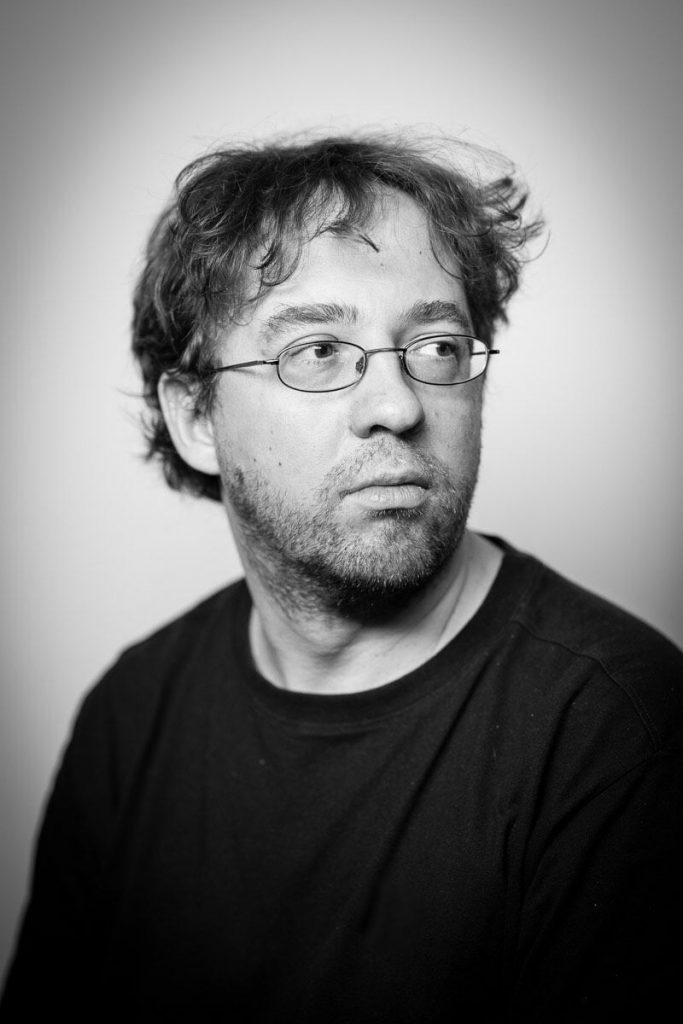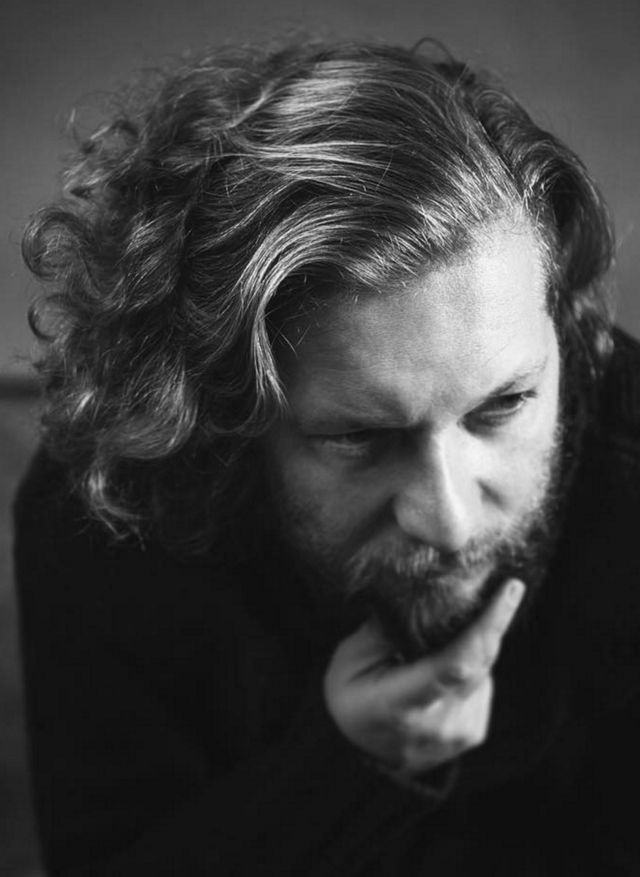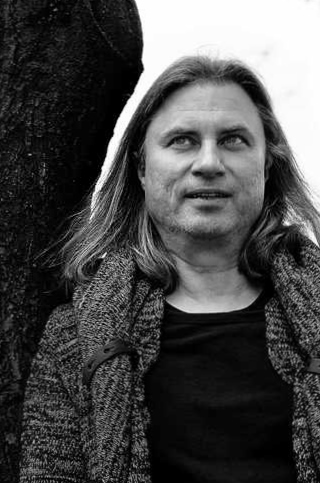Sylvia K. Kummer
Sylvia K. Kummer studied art and graphic design at the University of Applied Arts in Vienna. She taught painting and creative strategies at various universities in Austria, the United States, Australia and China. Currently she lives and works in Austria. Her works reflect the transcience and vulnerability of our existence. The Body as realm for perception is dealt with – the body itself as well as the body of the object that is being worked on. While staying abroad in France, Canada, the United States, China and Australia – made possible through stipends, teaching positions and invitations to exhibit – Sylvia K. Kummer sets out to position her projects in an intercultural context and combines various forms of presentation: drawing, painting, object-art, installations and video. Sylvia K. Kummer works with materials she discovers on the spot, which catch her eye or she was pointed out to. That’s why objects trouvés/found objects , old objects, which in return tell stories of their own, as well as leather skins, papers and screens are essential in her oeuvre. Her work was shown in various group and individual exhibitions in Austria and in the US, Cuba, Canada, Australia, China, Europe and at biennials: Africa Biennial Dak‘Art OFF 2014, Dakar Senegal and at the Biennial Morocco/ Casablanca. Kummer’s interdisciplinary approach becomes also apparent in her dissertation (Im-) Possible Places Between Art and Ethnography, which she wrote at the Institute for Cultural- and Social Anthropology at the University of Vienna.
